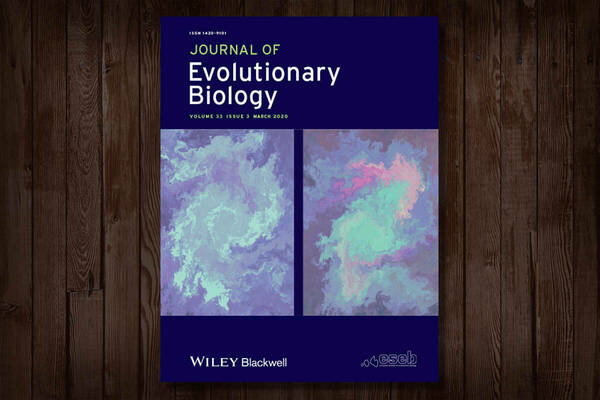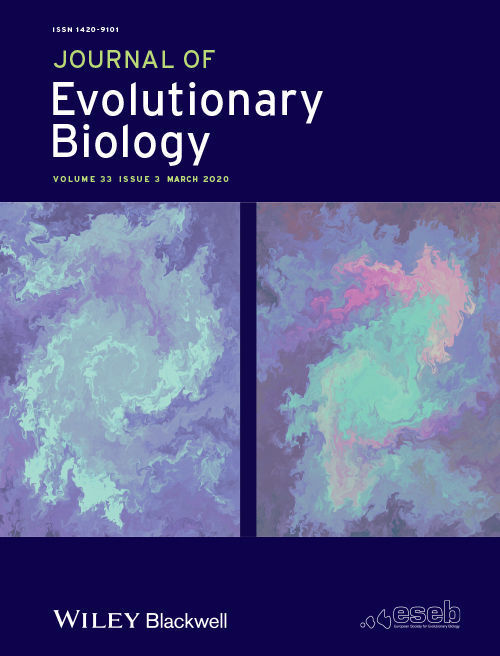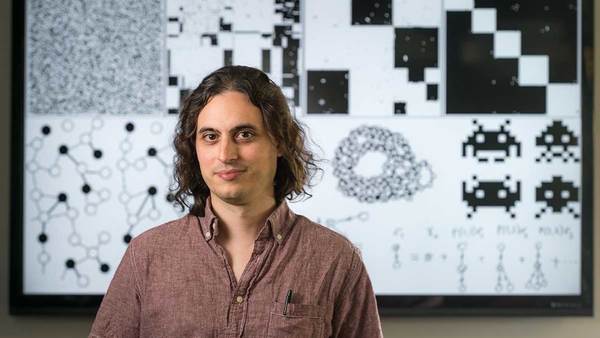
From subcellular structures to ecological communities, life is organized in compartments, and specialized to perform certain tasks, but not others. Researchers have long wanted to understand how this division of labor comes about, and the factors determining whether species cooperate in a specialized or generalized fashion.

In their recent article in the Journal of Evolutionary Biology, and featured on the cover, Dervis Can Vural, assistant professor in the Department of Physics at the University of Notre Dame, and fifth-year graduate student Gurdip Uppal incorporated physical principles into evolutionary game theory to answer some of these fundamental biological questions. They developed computer simulations that took into account the laws of fluid dynamics, diffusion of chemicals, and microbial growth to describe the role of these physical factors in the evolution of specialized cooperation.

“In these models, microbes naturally gather and then exhibit multiple modes of cooperation,” Vural said. “The size and shape of the groups, as well as the structure of ‘economic exchanges,’ turned out to depend sensitively on the physical parameters defining the fluid a well as its motion.”
One popular idea explaining the emergence of specialization is the “Black Queen Hypothesis”, which suggests that organisms will lose certain functions if they can survive by getting a “free ride” off others. As a result, multiple kinds of free riders end up being codependent. “If this were the whole story”, Vural said, “generalists would always turn into specialists. How should we then explain the persistence of generalists in nature? And how do we explain the coexistence of various combinations of generalists, specialists, and cheaters?”
In Uppal and Vural’s simulations, the size and shape of the groups, as well as the structure of “economic exchanges” among them, turned out to depend on the physical parameters defining the fluid, as well as its motion. After studying the size and shape of the groups, they analyzed the competitive interactions across clusters for different fluid flow patterns, diffusion lengths, molecular decay constants, and cell growth kinetics.
They determined that physical factors were as influential as fitness economics in how community interactions evolved, and also determined the parameter range that gave rise to generalist cooperation, specialized cooperation, free-riding, and in some cases, combinations of these.
Vural and Uppal discovered that physical aspects such as the shape of microbial clusters, how brittle they are, or how fast they are swirling in a fluid can be as important as the economical aspects, like the overhead cost of producing one item versus two items.
“It is the physical aspects that allows generalists to resist specialization, and generalists and specialists to resist cheating,” Vural said. “As such, we can view division of labor as a mechanical phenomenon as much as an economical one.”
The research was supported by the Defense Advanced Research Projects Agency and the National Science Foundation.